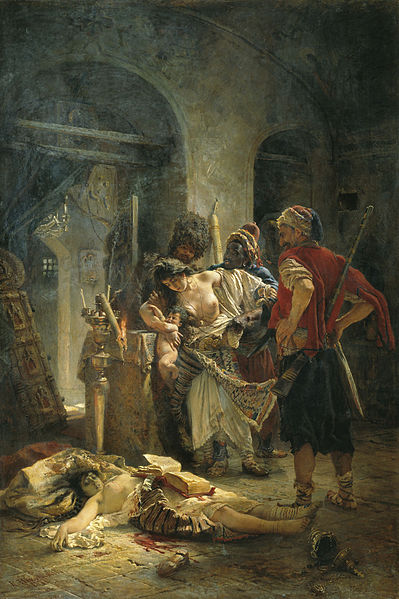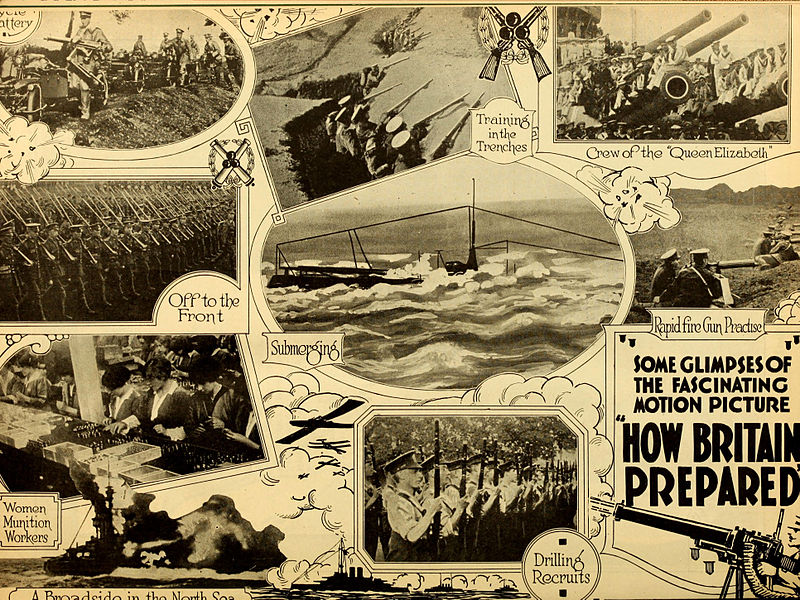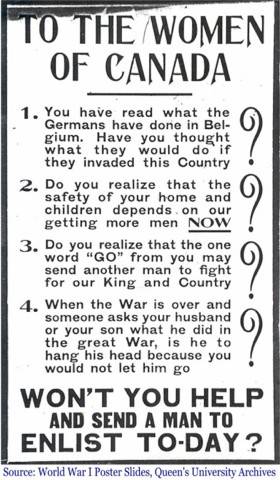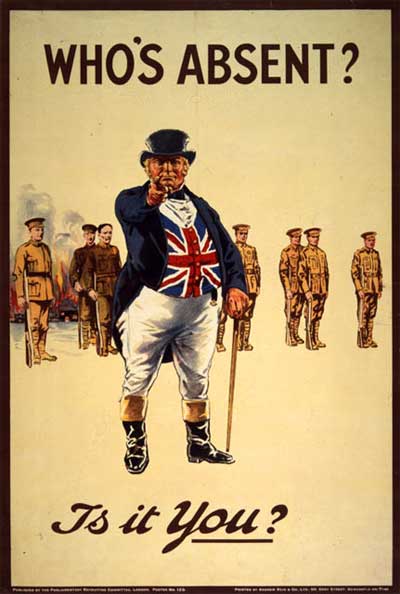First of all let’s see whether the term propaganda is clear to you all.
What is propaganda to you?
Where is it used?
When is it largely used?
How does it work?
What are its objectives?
Think of instances of propaganda around you.
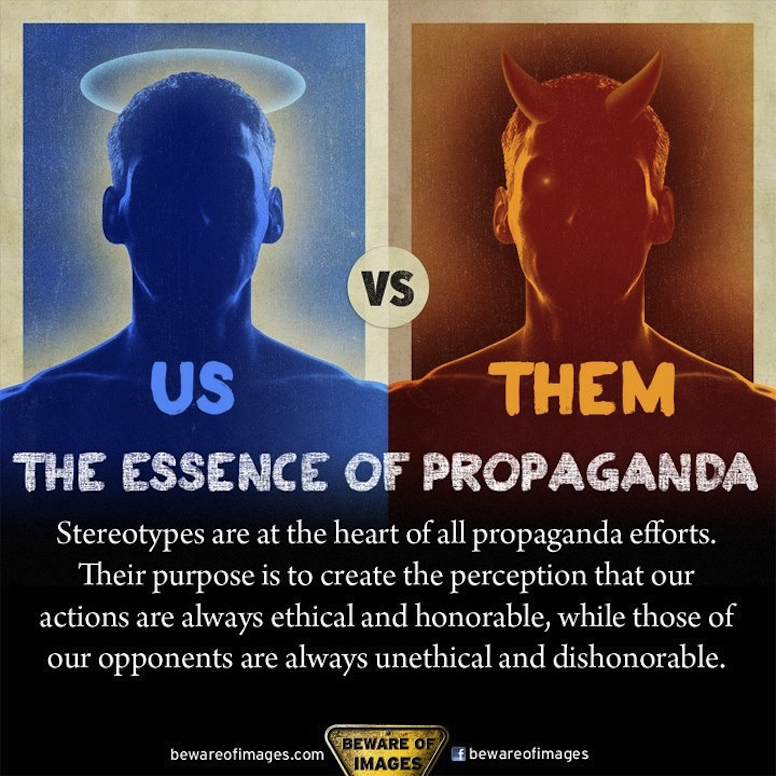
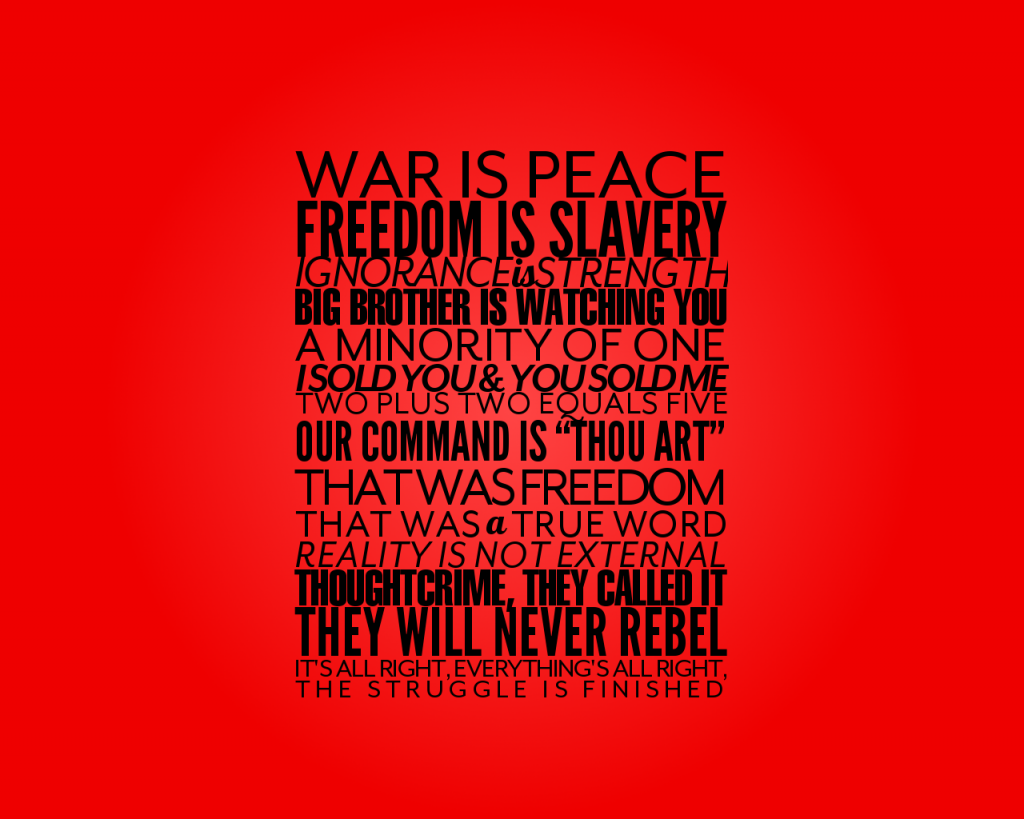 Propaganda is defined as ideas or statements that are often false or exaggerated and that are spread in order to help a cause, a political leader, a government, etc.
Propaganda is defined as ideas or statements that are often false or exaggerated and that are spread in order to help a cause, a political leader, a government, etc.
This implies that one of the key characteristics of propaganda is information of a biased or misleading nature and it is largely used as a political strategy.
Read the following pdf file to get a deeper understanding of the techniques used to spread propaganda. This video will help you too:
Look at the following painting. What propaganda does it disclose?
Thus, art can be used for propaganda too!
“The Bulgarian Martyresses”, 1877 painting by the Russian painter Konstantin Makovsky, depicting the rape of Bulgarian women by Africanised Ottoman bashi-bazouks during the suppression of the April Uprising a year earlier, served to mobilise public support for the Russo-Turkish War (1877–1878) waged with the proclaimed aim of liberating the Bulgarians.
How was propaganda used during World War One? What for?
In World War I, British propaganda took various forms, including pictures, literature and film. Britain also placed significant emphasis on atrocity propaganda as a way of mobilizing public opinion against Germany.
Various methods of propaganda were used by British propagandists during the war, with emphasis on the need for credibility. Pamphlets were the main form of propaganda in the first years of the war, and were distributed to various foreign countries. These pamphlets were academic in tone and factual in nature, distributed through unofficial channels. British propagandists also sought to influence the foreign press, by providing it with information through the Neutral Press Committee and the Foreign Office. British propagandists were slow in exploiting cinema as a form of propaganda. The first notable film was Britain Prepared (December 1915), which was distributed worldwide. The film used military footage to promote ideas of British strength and determination in the war effort.
Recruitment was a central theme of domestic propaganda until the introduction of conscription in January 1916. The most common theme for recruitment posters was patriotism, which evolved into appeals for people to do their ‘fair share’. Among the most famous of the posters used in the British Army recruitment campaign of World War I were the “Lord Kitchener Wants You” posters, which depicted Secretary of State for War Lord Kitchener above the words “WANTS YOU”. Other concepts used on recruitment posters included the fear of invasion, and atrocity stories. The “Remember Scarborough” campaign, recalling the 1914 attack on Scarborough, is an example of a recruitment poster combining these ideas.
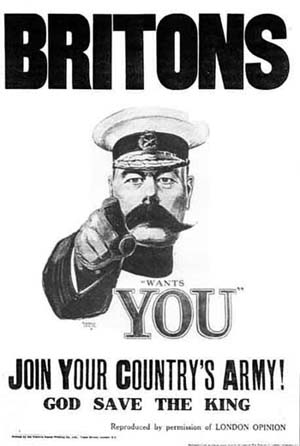 Atrocity propaganda, which aimed to mobilise hatred of the German enemy by spreading details of their atrocities, real or alleged, was used extensively by Britain in the First World War. It reached its peak in 1915, with much of the atrocities related to Germany’s invasion of Belgium. Newspaper accounts of “Terrible Vengeance” first used the word “Hun” to describe the Germans in view of atrocities in Belgium. A continuous stream of stories ensued, painting the Germans as destructive barbarians, and many of the atrocities being reported were entirely fictitious.
Atrocity propaganda, which aimed to mobilise hatred of the German enemy by spreading details of their atrocities, real or alleged, was used extensively by Britain in the First World War. It reached its peak in 1915, with much of the atrocities related to Germany’s invasion of Belgium. Newspaper accounts of “Terrible Vengeance” first used the word “Hun” to describe the Germans in view of atrocities in Belgium. A continuous stream of stories ensued, painting the Germans as destructive barbarians, and many of the atrocities being reported were entirely fictitious.
